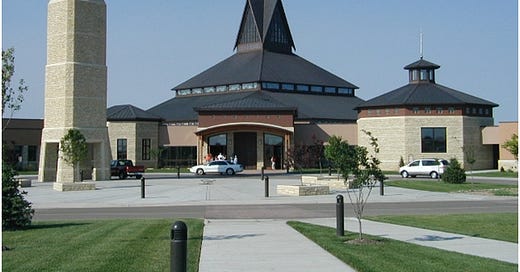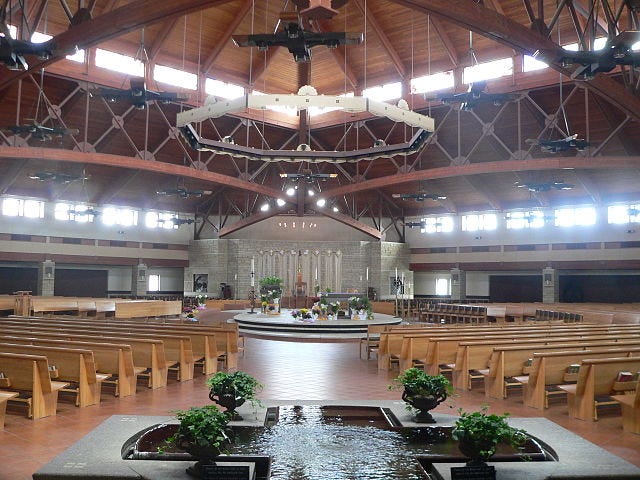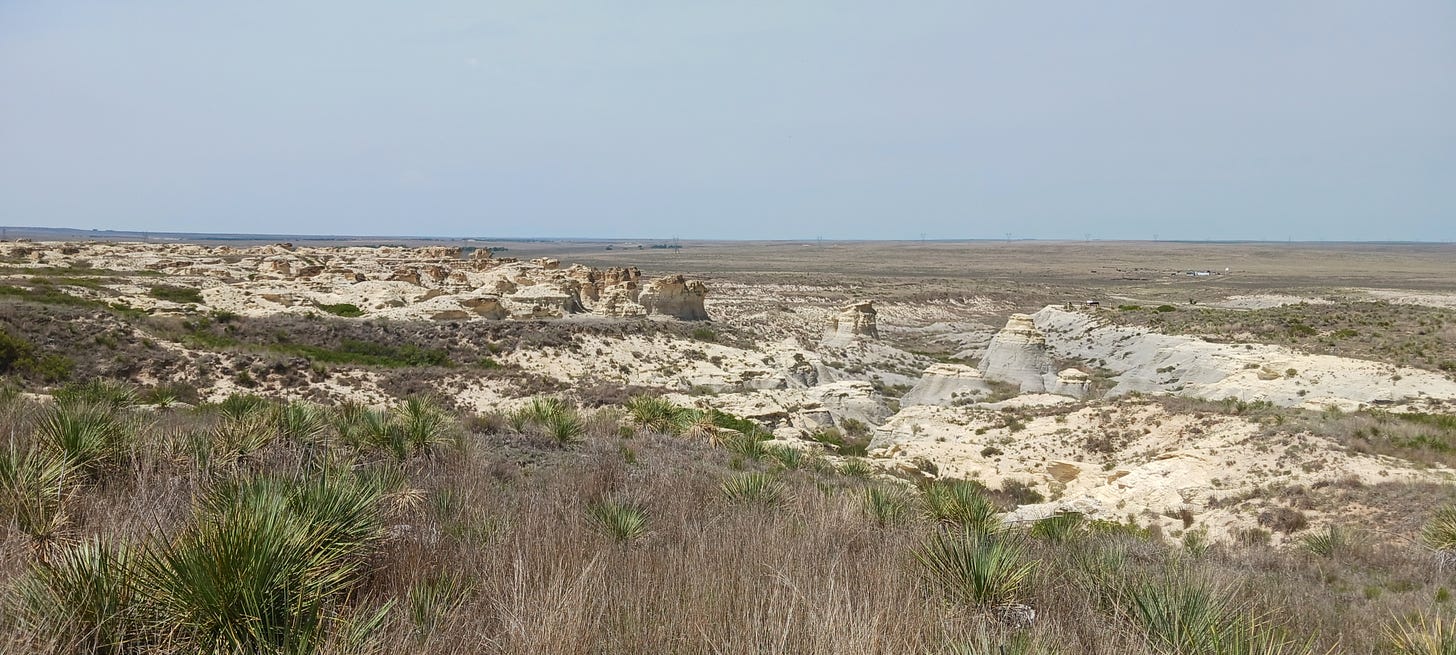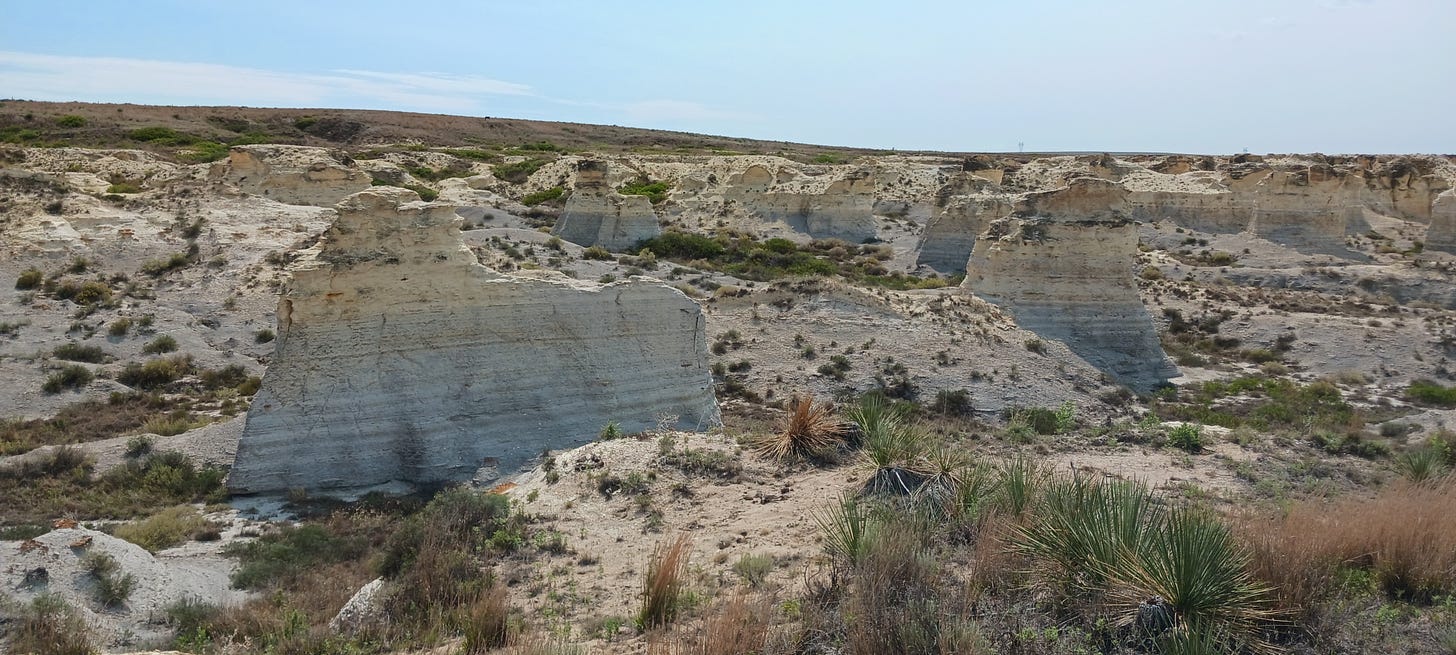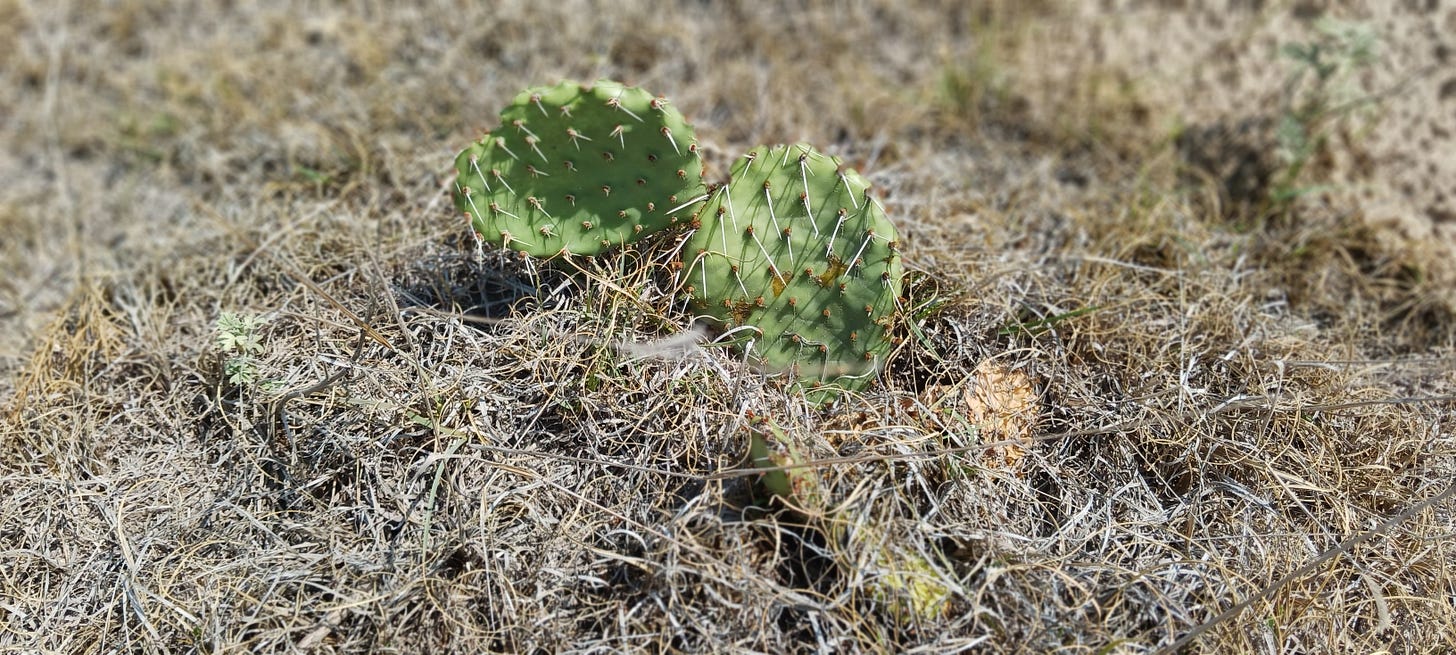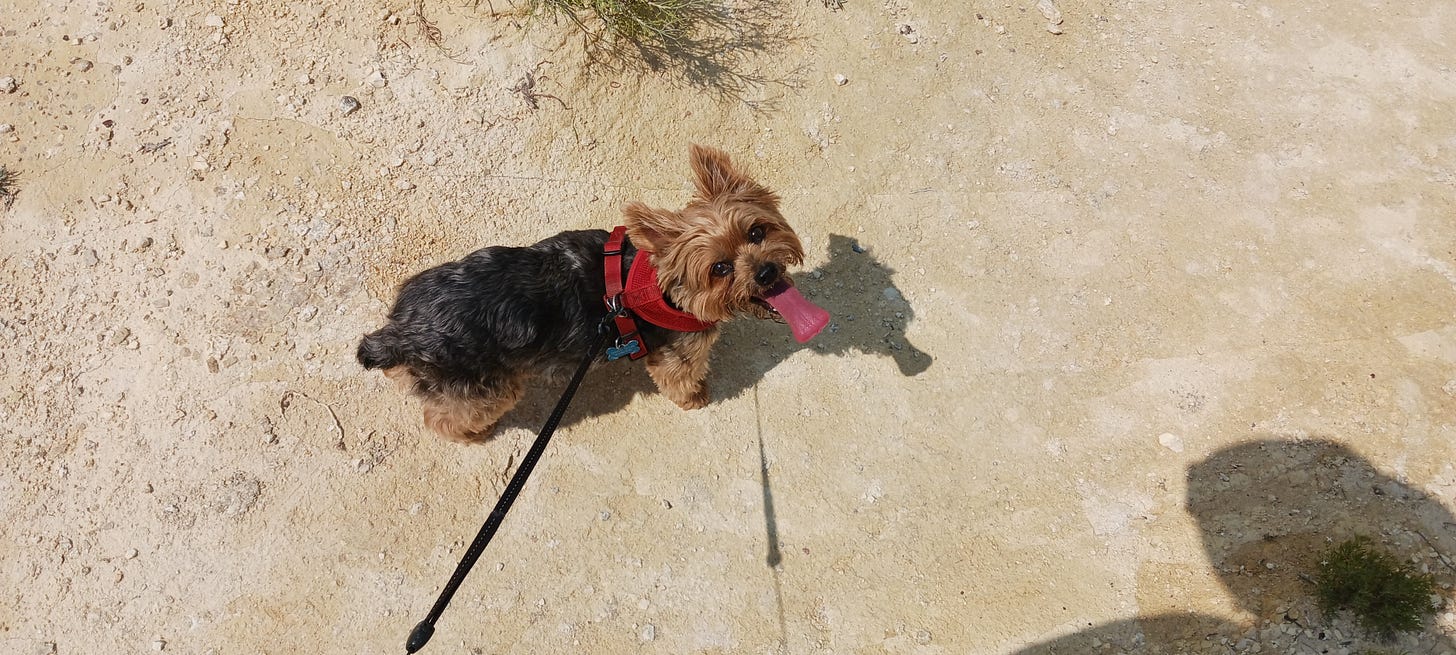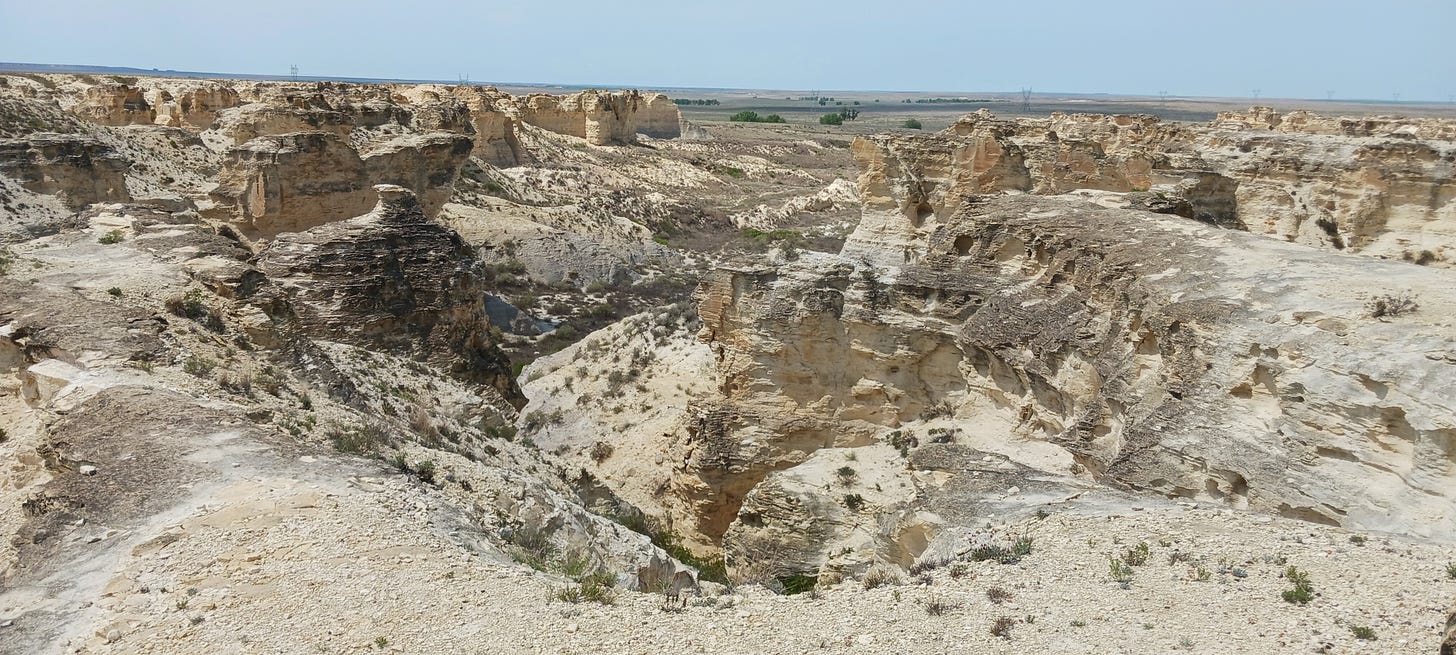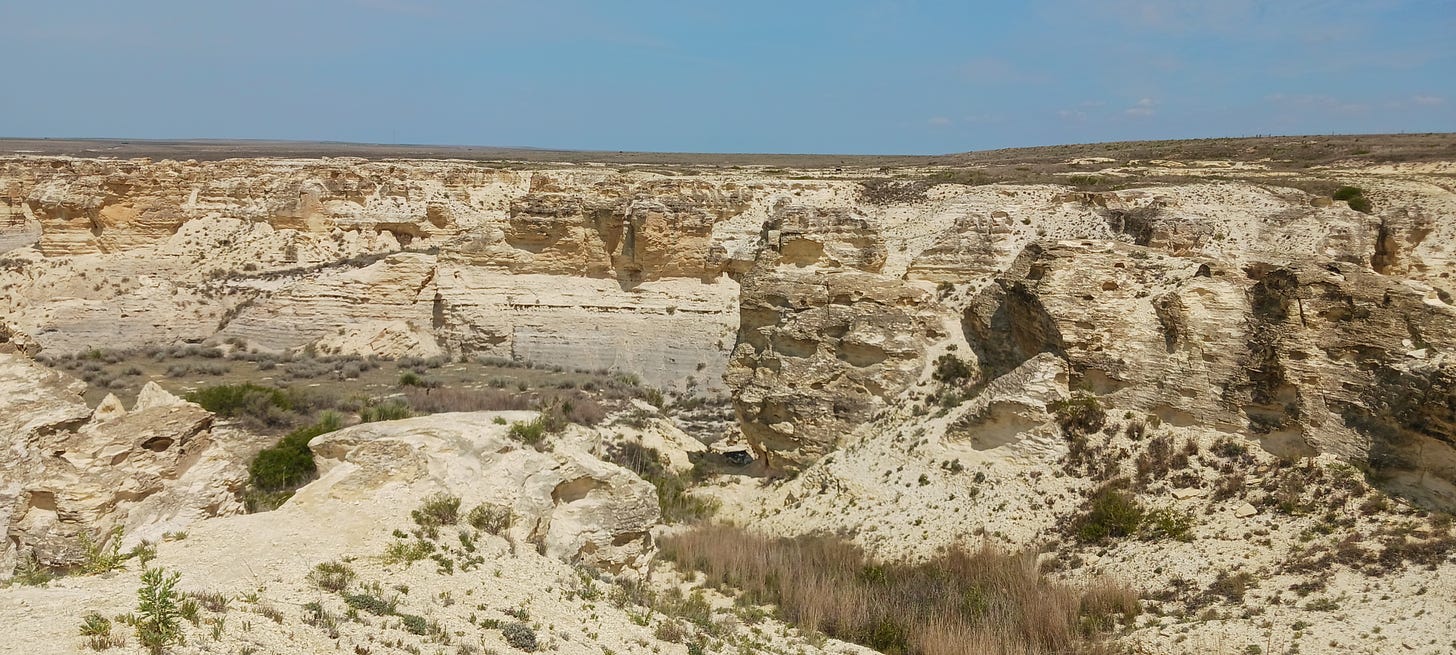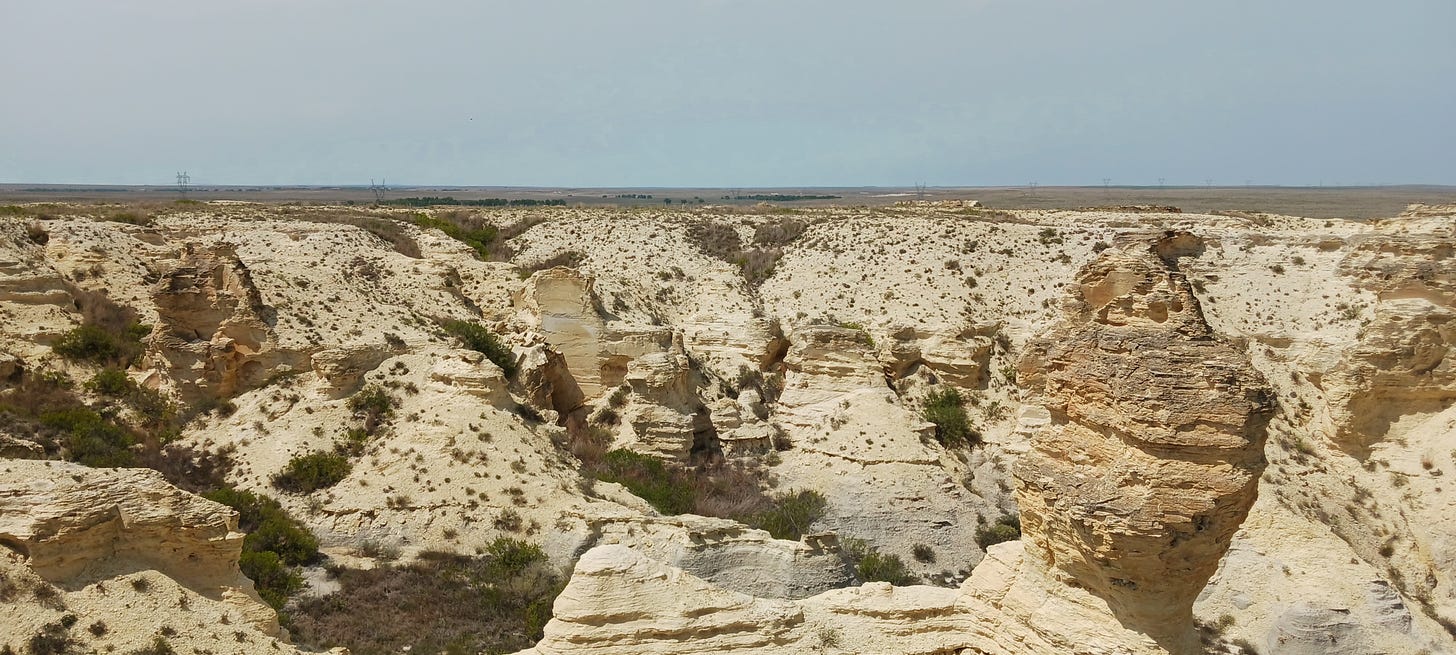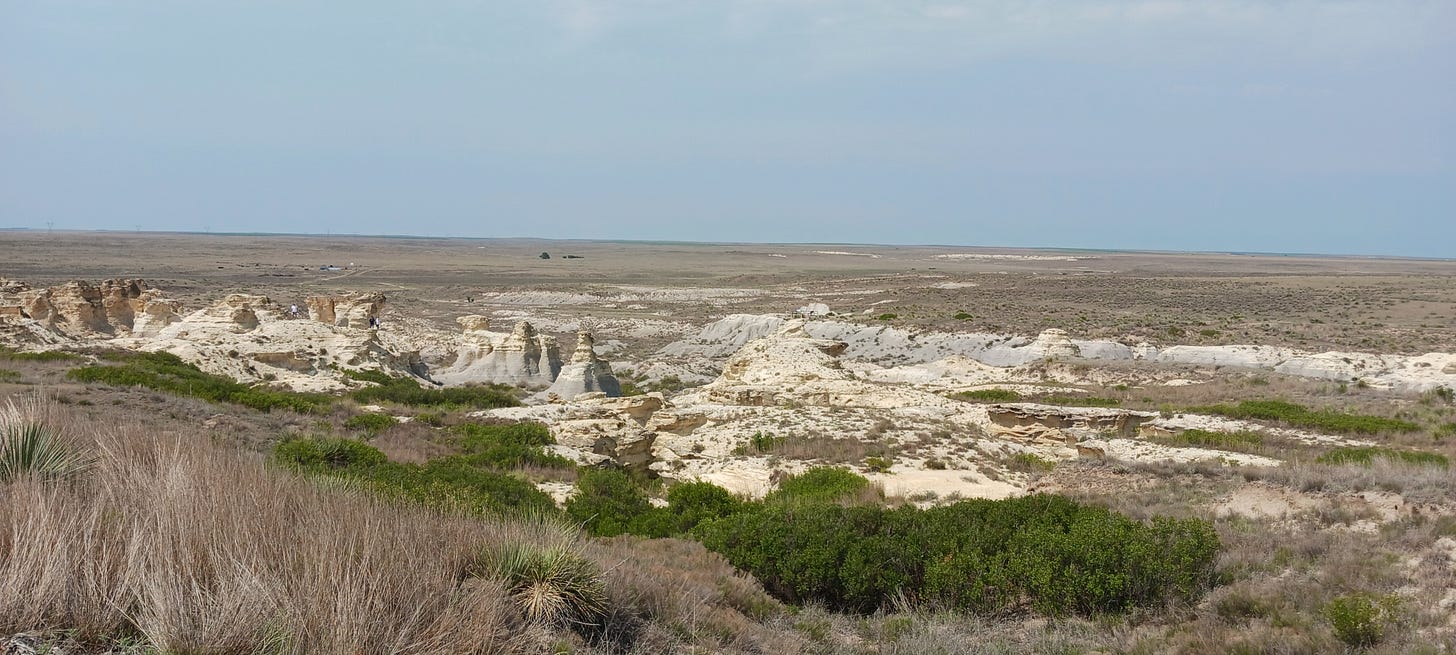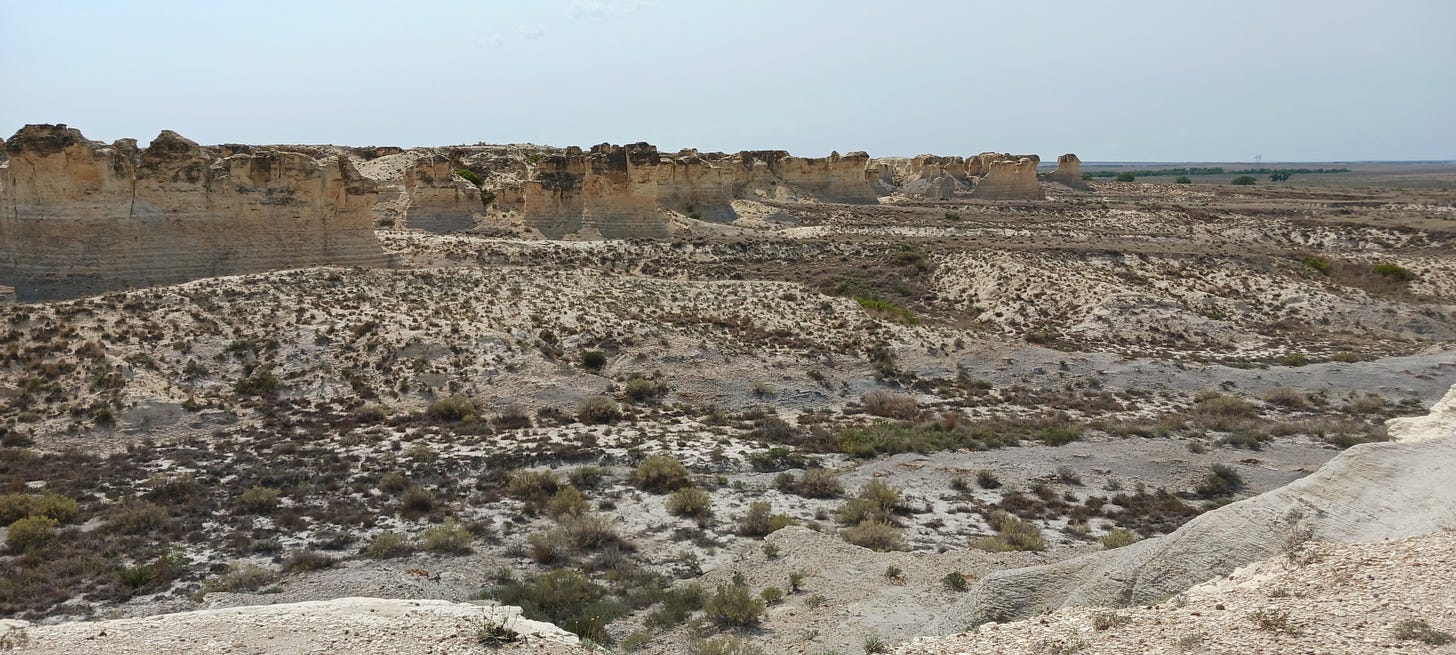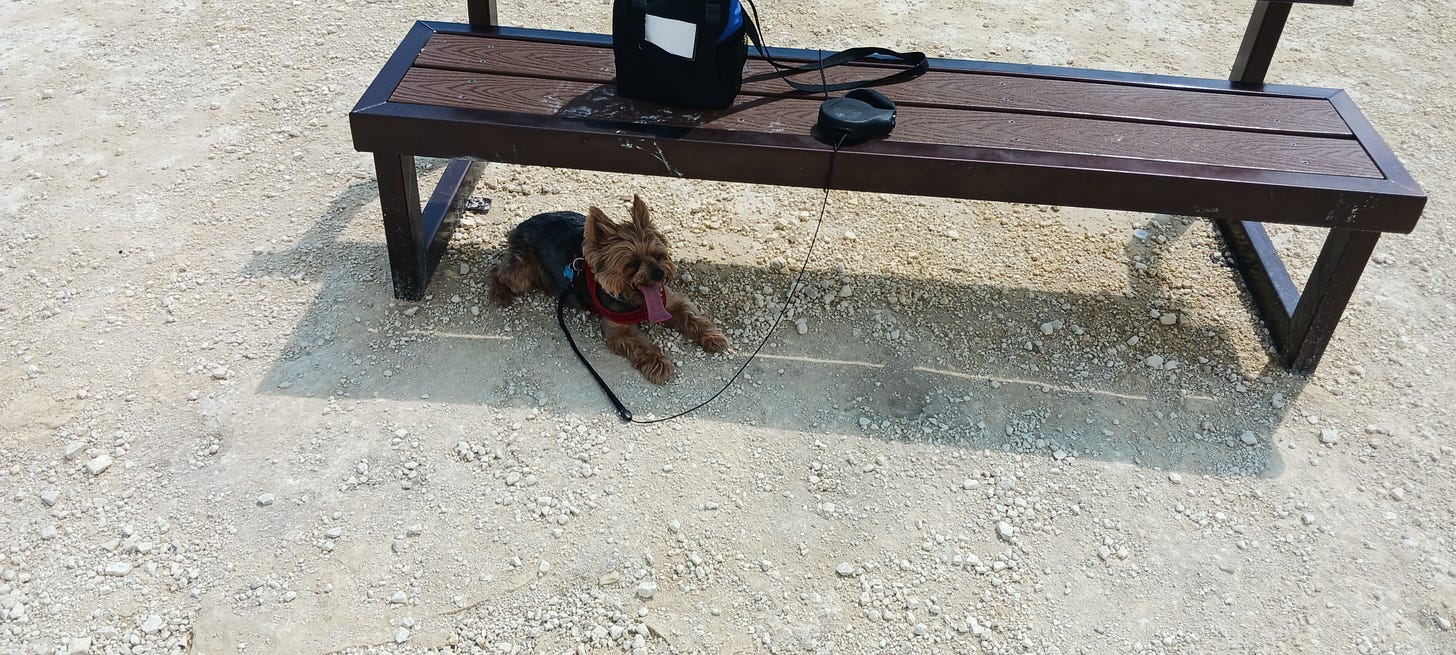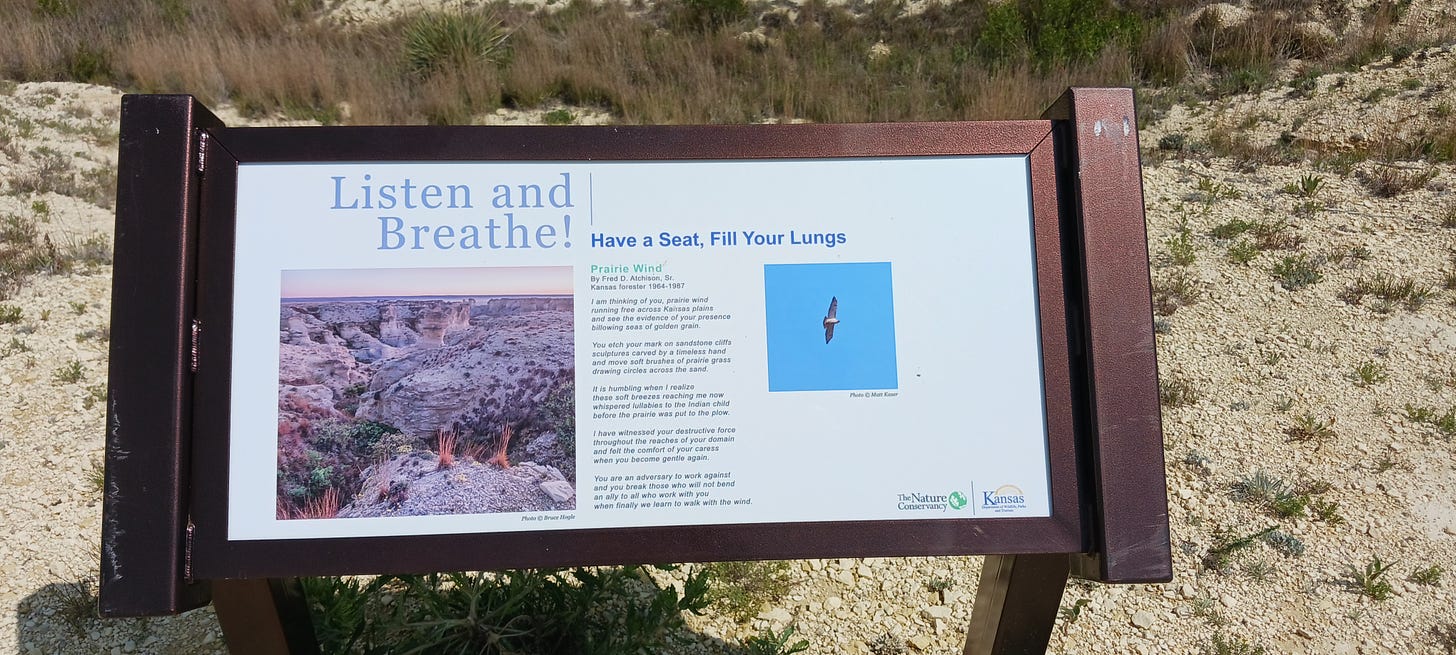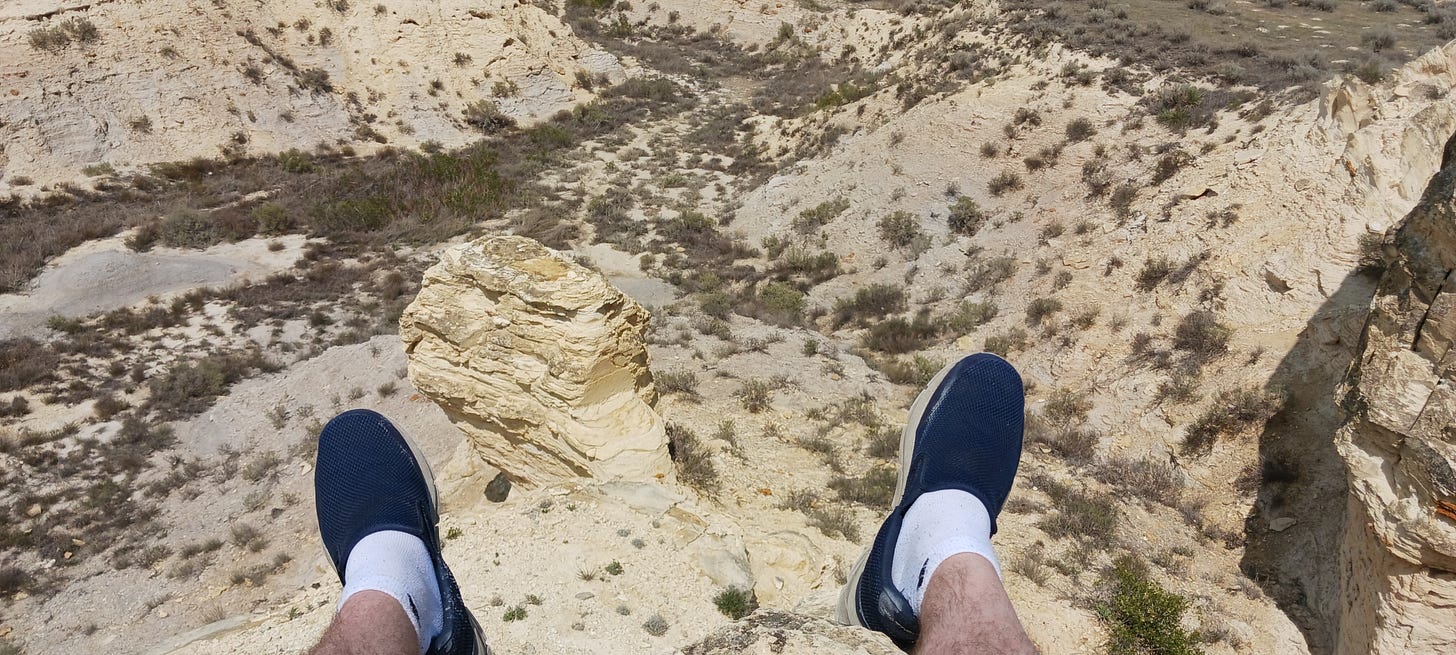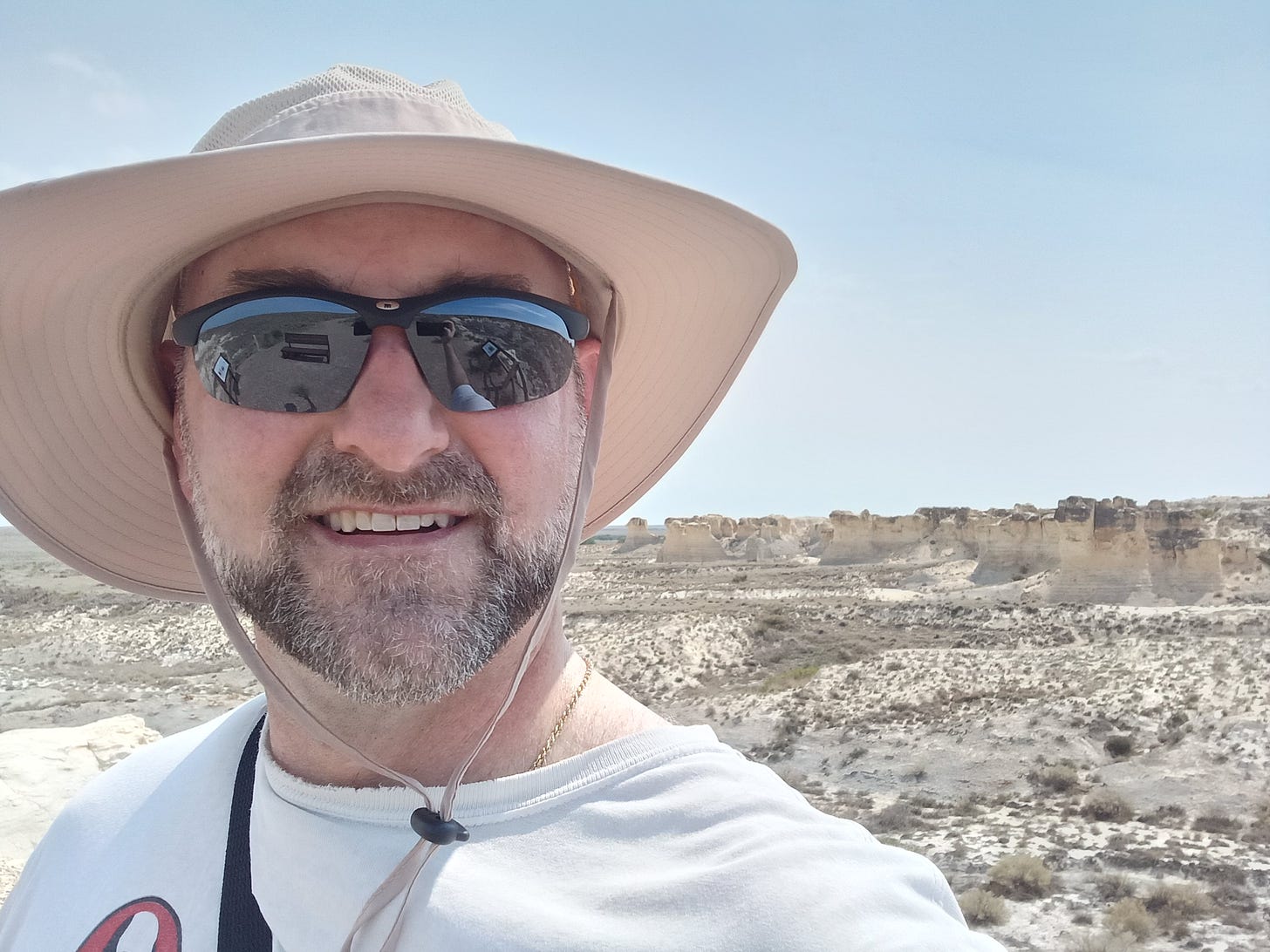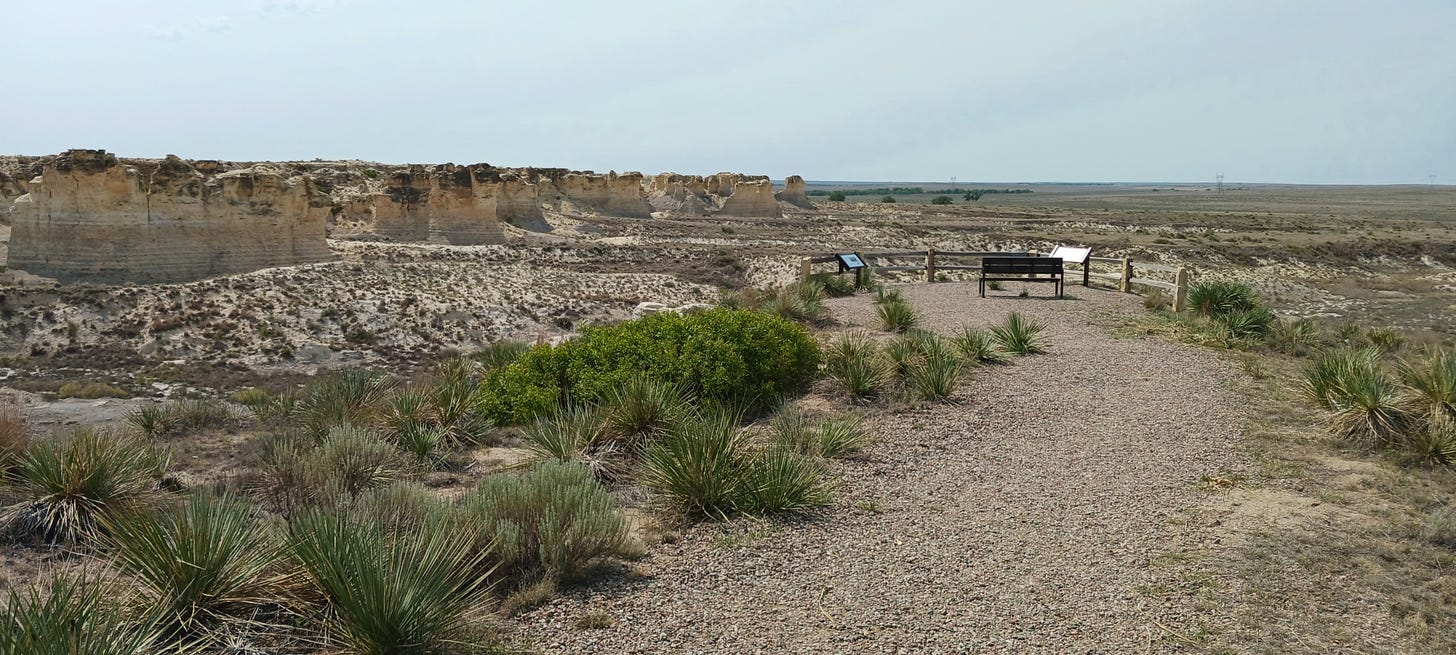You can find the previous installments of this essay on my trip to Dodge City here:
Dodge City Days: a Photo Essay
Dodge City Days III: Ft. Dodge and the Coronado Cross
Dodge City Days III: Immaculate Heart of Mary
Dodge City Days III: Boot Hill (I)
Dodge City Days III: Boot Hill (II)
Dodge City Days III: Boot Hill Cemetery
Dodge City Days III—Finale: Wasted in Dodge
The next morning I awoke with with quite the headache. Actually, I don’t remember much else about that morning, except that I managed to get myself up early enough to make it to the 9am mass at the Cathedral of Dodge City, up on the hilly north side of town. The Catholic diocese abandoned the old Cathedral which still exists downtown (and which I showcased in an earlier post) for a new, more modern structure.
As you can see, it is one of these depressing, modernist eyesores that fails to capture much of a sense of the sacred. Being Catholic, however, I always try to visit and worship at the seat of the bishop if I am able, and so I suffered dutifully through the banalities of the liturgy that morning. And to be honest, I found myself smiling and trying to flirt with a very pretty blonde lady in the pew near me, until I saw a wedding ring on her finger, and tried to pretend I didn’t exist for the rest of the liturgy.
I mention this minutiae because, as I packed Gus and a decent supply of water in my SUV, and picking up a slightly disgusting lunch of KFC around noon, I departed that Sunday for the Little Jerusalem Badlands, a national park some two hours north of Dodge City. It was a stop I planned to make, almost as an afterthought to the rest of the trip. And yet the contrast with what I experienced at the cathedral was so profound that it altered the nature of my journey, turning my historical vacation into a unexpected pilgrimage.
Little Jerusalem Badlands State Park got its name from a purported resemblance to the walled city of Jerusalem and was also called “Castle City” at one point. “Badlands” are a particular type of terrain, covered by soft rock formations that erode easily. The most famous of these in America is likely the Badlands National Park in the Dakotas, but the Kansas legislature designated the 330 acres of Little Jerusalem as a state park in 2018 because of its Niobrara rock formations. Niobrara formations are largely made of chalk, and the rock there is so soft you can scratch your name on it with your fingernail. (If you have ever heard the University of Kansas students chant the words “Rock Chalk Jayhawk,” this chalky type of stone is what it refers to).
The place looks a bit like an old Crusader fortress from a distance, a bit like the Krak de Chevaliers in the Holy Land, at least from one side of the park.
Little Jerusalem made it onto my itinerary because I had heard about its designation as a state park a couple of years priot, but I didn’t really know why I came there. Perhaps there is something about its geology that I romanticized when I first read about it. Little Jerusalem was created by the presence of inland sea some 85 million years ago, by the depositing of sediments on what was the sea floor. It sounded amazing, but as I drove to the site, the thought came to me that I was going two hours or more out of my way to see…rocks. I remember thinking on the way up there that perhaps I made a mistake.
“With the voices singing in our ears, saying / That this was all folly.”
But as I took to the trail that wound its way through the park, my perception began to shift. The day was hot and dry, the Indian Summer weather having finally departed. I took Gus out on his leash and slung the bag filled with bottles of frozen water over my shoulder, making my way along the trail. Little Jerusalem is so arid it feels almost like a desert; Gus started to pant heavily as soon as we got going, and I wound up having to give him near half of my water.
But as I walked along the trail, taking it all in, the novelty of the whole experience slowly dawned on me. The closer I came to the center of the park, the more it looked less like a medieval fortress, and more like a series of small canyons, a natural formation I had never witnessed before.
As the sun climbed higher, beaming its light down on the chalky landscape, somehow the rocks magically transformed. Each individual formation, each ravine and rock face, edged with bushes or trees lining the floor, took on the appearance of another world; I remember thinking the place bore a resemblance to the Mos Eisley Space port, on the planet Tattooine, of Star Wars fame. But I kept thinking, “these are just rocks. They can’t be magical, mystical.” It is not as if they are widly colorful or amazing, but in their presence, I became possessed by an unexpected sense of their beauty and even grandeur.
I was only able to make it about half way through the trail, because after a certain point, Gus became so overheated, he refused to budge, and I had to carry him around the rest of the way. I probably shouldn’t have brought him along on this part of the trip, but I couldn’t bear to leave him in the hotel room.
Gus wound up drinking about half of the water I brought with me, which made the idea of seeing the other half of the trail seem less viable in that heat. As a result, my travels in Little Jerusalem ended near the middle of the trail, where a piece of rock jutted out over one of the ravines. Near this lookout, the park provided a bench for visitors, and I sat down my bag down to rest. A sign near the bench invited guests to sit and take things in, so I decided to do just that.
As I sat there with my feet dangling over the rocks, I felt a breeze blow across my face, as I tried to sit as still as possible, and take it all in. I felt something vaguely familiar, a lightness that I don’t often experience, one that is hard to describe. For a moment, all the asymmetries and disjointed valences of my life melted away, as if my soul were somehow lifted up, far from the spirits that normally weighed it down. Thoughts of a metaphysical, even mystical nature, entered my mind; for once, I sensed a harmony with the universe, one in which my being was not dissolved, but made whole, yet remaining united with the reality of things, and the only explanation that occurred to me was: “this is the Son of God, the creator, present to His creation.”
I hope, dear readers, you will forgive this theological intrusion into my travel narrative, but I am a Catholic Christian, and those really were the thoughts that coursed through my mind as I sat there.
Such moments of—epiphany? Enlightenment?—come so rarely to me, that I could not but savor it, especially as I was so intensely aware of it at the time. My reverie even inspired me to compose a poem, which I recorded on my phone. I finished it a few days after I returned home to Kansas City, and it is part of a collection of poetry I am still struggling to finish.
As I carried Gus back in my arms back up the trail, I stopped to take several more photos, cherishing each moment while it lasted. (As you can see, I took several selfies along the way. They are not the very image of someone who just spent several minutes communing with God and nature.) As I took my last photos, my lips were chapped, and my mouth dry, as the last of my supply of water disappeared into my little companion. But a sense of tranquil gratitude stayed with me as I trudge back up the hill, stopping every once and a while to rest and take one last look at the mighty chalk fortress that was the Little Jerusalem Badlands.
I am not sure why it occurred, but as I turned my SUV back onto the highway, I marveled at how such an austere landscape could transport my sense of the divine to a degree I have only ever experienced in prayer, sometimes privately, but mostly in Catholic houses of worship. The greatness of travel is that it takes us beyond the narrow confines of our daily lives, and shows us, for a moment, the larger context of our existence, that we often do not and probably cannot notice, given how rooted we must be in the everyday routines of life. It is the gift of the unexpected moment, the unlooked for because unknown path, that often makes it so.
And that is how my trip north to the Kansas badlands, planned without much thought when I first determined to visit Dodge City, turned my historical tourist’s journey into a Christian pilgrimage.
